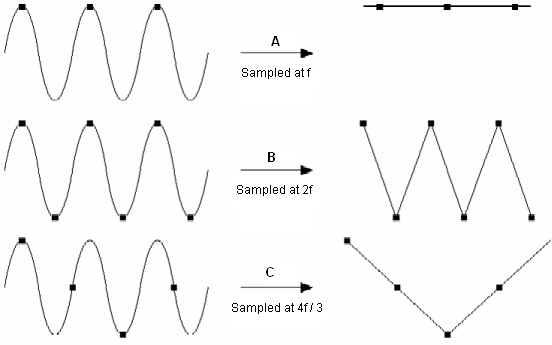Introduction
The Fourier Transform (FT) is a mathematical tool that takes a signal in a time domain and decomposes it into it’s frequency domain. Below is the definition of the continuous FT of $x(t)$ to $X(f)$,
$X(f) = \int_{-\infty}^{\infty} x(t)e^{-i2\pi ft}~dt$.
This comes in handy when trying to analyze signals found found in electrical circuits, diffraction patterns, and sound waves. We intend to use the same techniques to study and manipulate sound signals found in the ultrasound domain.
Acoustics is the study of the generation, transmission, and reception of vibrational waves in a medium. Mostly acoustics is associated with sounds we can hear, but vibrational waves can occur outside of the range of human hearing. Humans detect vibrational waves from a range of 20Hz to 20,000Hz as sound waves, but any vibrations occurring above or below this frequency band go undetected by our ears. Ultrasound is any sound vibration above 20,000 Hz, it shares all physical properties of audible waves other than human perception.
The standard sampling rate used by computers to capture sounds vibrations is 44.1 samples per second. It is necessary to capture signals slightly above the nyquist frequency. The nyquist limit is a result of having to sample a wave at least twice per cycle to represent the wave without aliasing. The nyquist limit will be an important part of accurately recording the waves because of the high frequency content of ultrasound.
Determining the sampling rate of these signals will be an important experimental consideration, but we know it will be much greater than 44.1 samples per second.
Goal
We will be processing a variety ultrasound frequencies and attempt to pitch shift them down (without loss of quality) to the audible range for listening.
Timeline
Week 1 (4/6 – 4/12)
Gather necessary resources and work on problems from the texts to gain requisite background information and foundational code to perform effective analysis of ultrasound signals.
Week 2 (4/13 – 4/19)
Continue to work on the code. Study sources that generate ultrasonic sound vibrations, and methods of recording them.
Week 3 (4/20 – 4/26)
Record ultrasound signals and convert recordings into a suitable file for matlab to take in for analysis. Attempt to analyze and pitch shift the signal and play it back. Debug errors.
Week 4 (4/27 – 5/3)
Continue analysis on a variety of signals recorded during week 2.
Week 5 (5/4 – 5/10)
Presentation and write-up.
Resources
Fundamentals of Acoustics 4th Edition by L. E. Kinsler and A. R. Frey
A Student’s Guide to Fourier Transforms 3rd Edition by J. F. James
Fundamentals of Digital Signal Processing Using MATLAB®, 2nd Edition by Schilling/Harris
Computational Physics 2nd Edition by Nicholas J. Girodano, Hisao Nakanishi
The Computer Music Tutorial by Curtis Rhodes



– Write equations using Latex.
– “Nyquist” is a name.